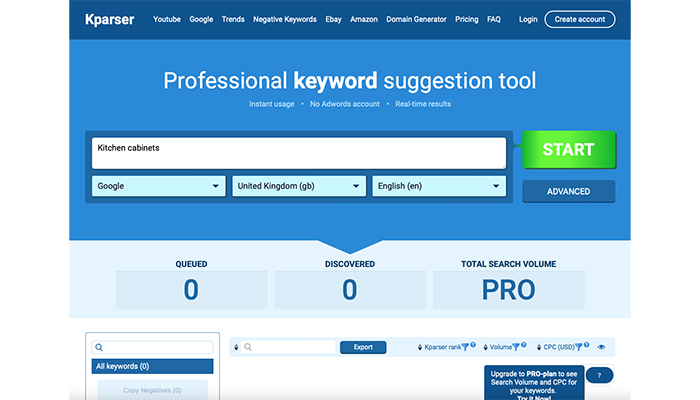Expert view: Slimming down your website could be the tonic it needs
Mon 17th Jan 2022 by Katrina Bell

Expert view: Slimming down your website could be the tonic it needs
If you're looking to give your digital offering a bit of a boost, there are easy-to-use tools available that make speeding up your website a simple and quick process – and the good news is that anyone can make use of them, says Katrina Bell.
It’s that time of year when everyone's bombarded with marketing flimflam about getting fit and unloading some timber – so why not give your website a workout that will fight content overload and laggy code?
Here are four high-impact steps:
1. Is a heavy code-to-content ratio slowing your visitors down? You may not be the person responsible for fiddling under the hood in the coding, but there are questions you should be asking. They might include testing your page speed – Google favours fast-loading screens and low page weight, which you can test using HubSpot’s free Website Grader.
Also ask about your image optimisation. Many packages such as Photoshop are getting better all the time in producing high-quality imagery that works in the optimal resolution for all devices seamlessly. But you may need to revisit this if some photographs have been on your site for some time.
It’s also vital that you appoint a specific person whose job it is to audit and stress test your site very regularly by visiting all popular pages or all if possible. Any issues can then be fed back and fixed in good time.
2. Content is not king. It’s actually time to retire that sentiment in favour of a more analytic approach to keywords and analytics. Given that mobile-versus-desktop Internet usage in the UK is running neck-and-neck around 47% each, having entire sections on your site that barely anyone visits makes no sense as mobile users have to rely on navigation modes such as three-line burger menus to move around your site.
Rather than adding sub-menus to house your moribund blog or terms and conditions, either ditch them if you can or place them in a catch-all section such as 'About Us' or 'Useful Information'.
Using your analytics it’s easy to see where the dust is settling – make sure your in-house IP addresses are excluded from the hit count, or you could be mistaking your own visits for interested customers.
Or you could ‘noindex’ – some pages can be found via their title and content, but don’t appear on the main menus.
3. You can combat content overload with keyword research tools. This will not just up your game with the ever-vigilant Google bots, but also gain a more nuanced understanding of what your visitors expect and need. These allow you dive deeper into your SEO keywords than Google Keyword Planner as they also reach the likes of YouTube, Ebay, Amazon and Bing.
Take a look at Kparser (https://app.kparser.com), which terms itself as a freemium tool with an advanced subscription starting at £14 a month which includes a content idea generator. It’s billed monthly so you can safely cancel once your current period of research is complete.

Or there is KeywordTool.io (https://keywordtool.io) which also includes specific results for Instagram and Twitter in its mapping. You can see basic keyword research for free, or subscribe for a month for around £65.

The days of a footer filled with keyword links are over. So too is the idea that packing your text with the same recurring phrases will beat Google’s algorithms. That simply won’t work anymore. Recently, an estate agent in my area tried that and ended up way down in the local search results, and also made themselves look odd by repeating the same three words, and registering the site with the same three words. Be warned – Google sees all!
And when you've followed those four steps and all that has been a roaring success, you may feel up to the final workout – that of cutting down your purple prose.
Tags: insight, features, web expert, website design, kitchens, bathroom


























